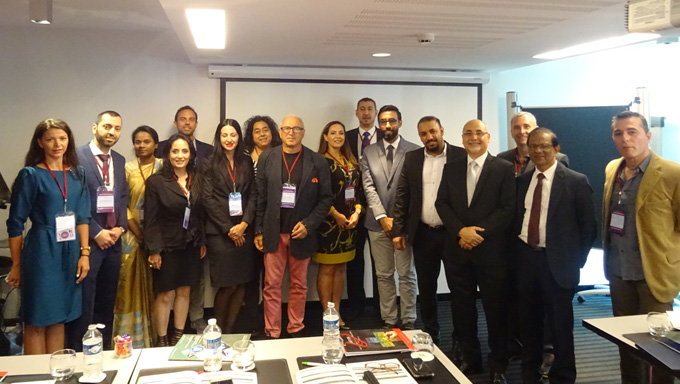
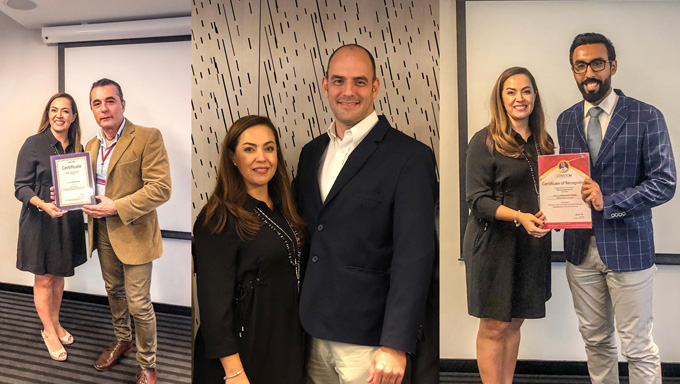

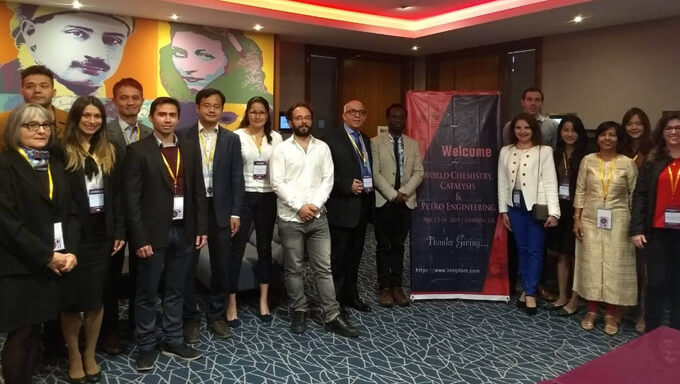
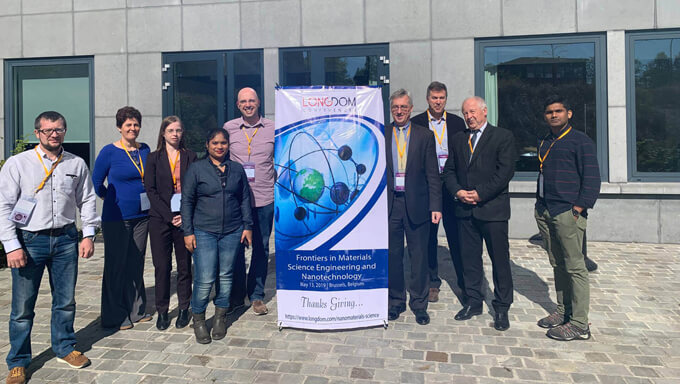

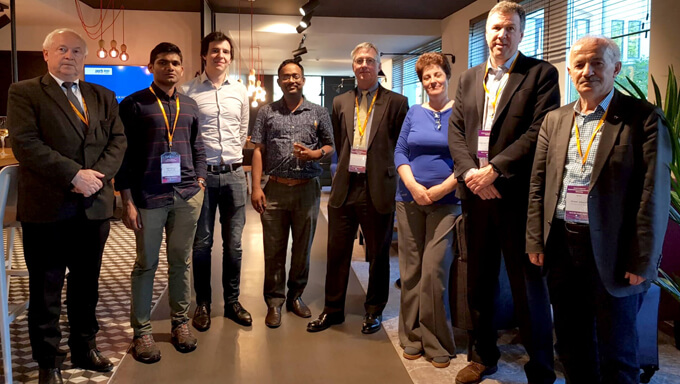
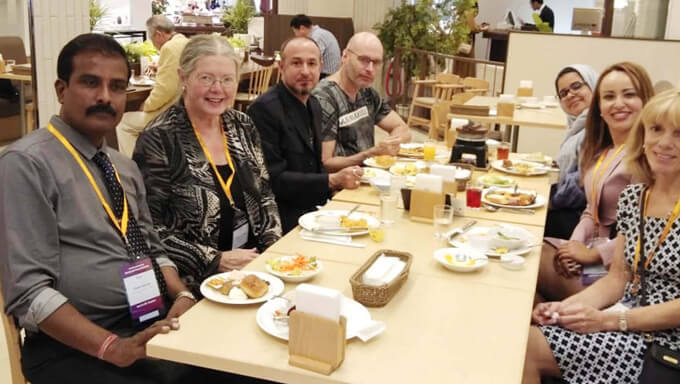
Medical mycology deals with the infections which caused serious illness in humans, and animals resulting from pathogenic fungi. This also provides a clear methods, diagnosis, and treatment process for all fungal diseases of humans which are specific. The mycological research has been providing a vast opportunity for drug development for many deadly diseases and also leading role in finding different antibiotics such as, penicillin, streptomycin, and tetracycline, as well as many other drugs. Few diseases which are recommended for diagnosing, preventing, and treating due to fungal infections in various patients in a population based upon the specific epidemiology and infection control policy, pathogenesis, immunology, histopathology, and laboratory diagnosis and antifungal therapy can be considered under clinical study of mycology. Join us at this mycology conference in New York, USA and stay updated with the current research findings.
Filamentous fungi are used by industry for manufacture of a large variety of useful products, all for the benefit of humankind. The products include metabolites, enzymes and food. Fungal cells can grow at different environmental conditions. The mycelium creates an intricate physical and chemical system that can communicate and adapt to its ecosystem. Processes using solid state and submerged fermentations are described illustrated by a few of the metabolites produced by industry. There are great economic benefits in the use of filamentous fungi and there is a great potential for these organisms to produce novel items Industrial processes using fungi are of great economic importance. Mushroom technology has enabled farmers and many other growers to harvest close to one pound of fresh mushrooms from one pound of compost spawned. Undoubtedly, the mushroom industry will continue to grow rapidly as it becomes more available and more widely accepted as a regular food. Mushroom technology has enabled farmers to harvest close to one pound of fresh mushrooms from one pound of compost spawned. Undoubtedly, the mushroom industry will continue to grow rapidly as it becomes more available and more widely accepted as a regular food.
There are millions species of Fungi existing and is significant in terms of the diversity of its impact on global health, biodiversity, ecology, manufacturing, agriculture and biomedical research. Approximately six hundreds or more fungal species are associated with our micro-biome or as pathogens that cause some of the most deadly transferable diseases. With the worldwide surge in the frequency of invasive fungal infections and the occurrence and spread of fungal pathogens resistant to all current classes of antifungal drugs, which is a big threat to human health. Mycological diseases in humans have been increasing coincident with the advent of revolutionary new medical therapies, including antibiotics, immunosuppressive therapies, and indwelling medical devices. A fungus that attacks the tissue can cause a disease that's restricted to the skin, spreads into tissue, bones and organs or affects the whole body. Warning signs depend on the area affected, but can include skin rash or vaginal infection resulting in abnormal discharge. We can treat almost all fungal diseases with antifungal medicines.
Fungal genetics is known as the study of the mechanisms of heritable information carried and transferred in fungi from generations to generations. Yeasts and filamentous fungi are extensively used as model organisms for eukaryotic genetic research, including cell cycle regulation, chromatin structure, genetic recombination and gene regulation. The term fungal biotechnology is an old age process, where fungi used in many industrial processes, such as the production of enzymes, vitamins, polysaccharides, polyhydric alcohols, lipids, pigments, and glycolipids. In addition to the numerous reaction sequences of fermentations, fungi are tremendously useful in carrying out biotransformation processes. In the field of recombinant DNA technology, this includes yeasts and other fungi as hosts, for microbial enzymes and many other eatable productions.
The fungal physiology talks about to the nutrition, metabolism, growth, reproduction, and decease of fungal cells. It also generally relates to interaction of fungi with their biotic and abiotic surroundings, including cellular responses to environmental stress. The beginning of next-generation DNA-sequencing technologies will also provide genome sequence information from large numbers of industrially relevant and pathogenic fungal species, and allow comparative genome analysis between strains and populations of fungi. When coupled with advances in gene functional analysis, protein-protein interaction studies, live cell imaging and mathematical modelling, this promises a step-change in our understanding of how fungal cells operate as integrated dynamic living systems. Together with bacteria, fungi are responsible for breaking down organic matter and releasing carbon, oxygen, nitrogen, and phosphorus into the soil and the atmosphere. Fungi are essential to many household and industrial processes, notably the making of bread, wine, beer, and certain cheeses. The fungal metabolism produces organic acids that help create soil organic matter which is resistant to degradation. Decomposers are also called saprophytic fungi which decompose cellulose and lignin in the soil.
We let our ground-breaking work and our amazing clients speak for us…… LONGDOM conferences